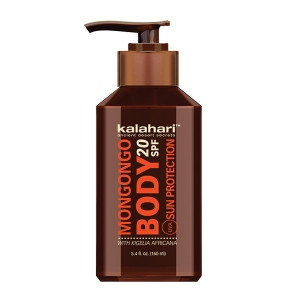How often are you in your car? A morning and afternoon commute to work? Or back and forth with children all afternoon? Does your job keep you on the road?
Have you noticed that some people have quite a bit more sun damage, or hyper-pigmentation marks, on the right side of the face?
This is often caused by incidental sun exposure in the car. Once you become aware of it, you start noticing how much UV you are exposed to while driving.

pic: Fox News
Here are three areas you should watch out for:
- Your Face. Particularly your right side, which is exposed to your window. You may think that if you work in an office you don’t need to apply sunscreen, but the UV exposure of a two way commute is not worth the omission.
- Your Decollete. In the afternoon the angle of the sun might miss your face, or the car visor might protect you, but your chest area will soak up the rays. This area is often neglected over time and any sun damage there exaggerates age. Bring your sunscreen application down your neck and onto the decollete. Include the side of your neck and do not apply perfume to this area. Perfume renders the skin photo-sensitive.If you apply it to areas exposed to sunlight, pigmentation often results.
- Your Hands. Memories of my Grandmother tell me she had beautiful, soft, unmarked hands. She used to wash my hands for me and I still remember the feel of hers around mine. She lived into her nineties and was sun damage free. My Grandmother grew up in Yorkshire and, after moving to South Africa in her twenties, seldom went out in the sun. When she drove, she wore gloves. Perhaps that is a tradition we should re-instate? Your hands are up there on the steering wheel, exposed to the full, fierce wrath of the sun. Put sunscreen on them or, channel your inner Grace Kelly and grab a pair of vintage driving gloves.

- Your Children. They get nearly as much sun in the car as you do. Apply sunscreen to their faces and hands too.

shannon baker photography
Sunscreen facts to remember:
- A higher factor doesn’t mean stronger protection, it means you can be exposed to the sun for longer. SPF is a function of time. 10 x SPF = time in minutes before you could burn.

- Super high factors contain more chemicals.


The Kalahari Range has an SPF40 Sunscreen which contains a mineral sunscreen for UVA and UVB protection (read about mineral vs chemical sunscreens here ) It contains Kigelia Africana Extract for firming and toning and Marula Seed Oil which reduces trans-epidermal water loss and redness. Mongongo Extract has hydrating and regenerating properties and it provides the protective film for the skin when it is exposed to UV rays. In the Kalahari, this oil is extracted from the fruit of the Manketti tree, and is used to reflect the sun from the skin, working as a natural reflector. (This is how more common mineral sunscreen ingredients like Zinc Oxide or Titanium Dioxide work.) The Kalahari sunscreen SPF40 (50ml) retails at R275 . There is also a Mongongo Body SPF2o (160ml) which retails for R290





